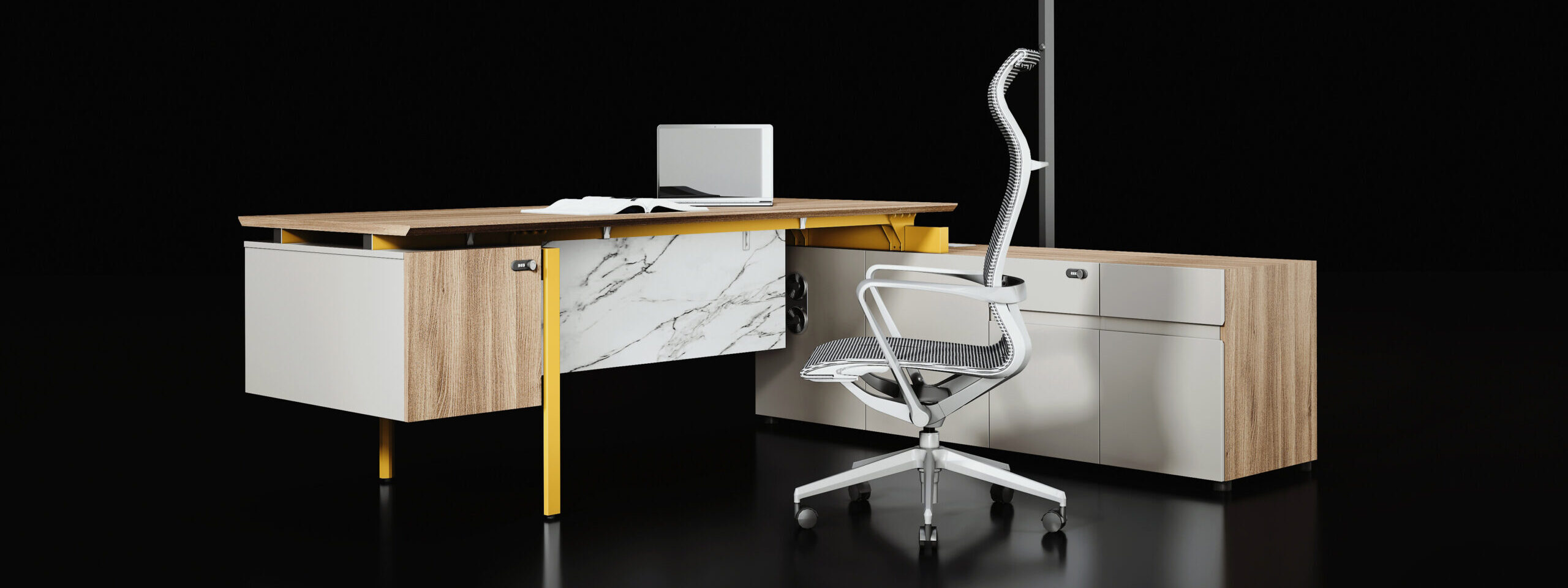
What is your purchasing process for office furniture, and how can we streamline it?
April 15, 2025 by Amanda Huang
Office furniture buying feels complex and overwhelming? Wasting time and money on a confusing process? Let's simplify your office furniture purchasing journey together.
The purchasing process typically involves defining needs, supplier selection (look for qualifications, factory visits), design (send CAD files), production, and logistics including shipping and customs. Smart Furniture Pro guides you through each step for a seamless experience.
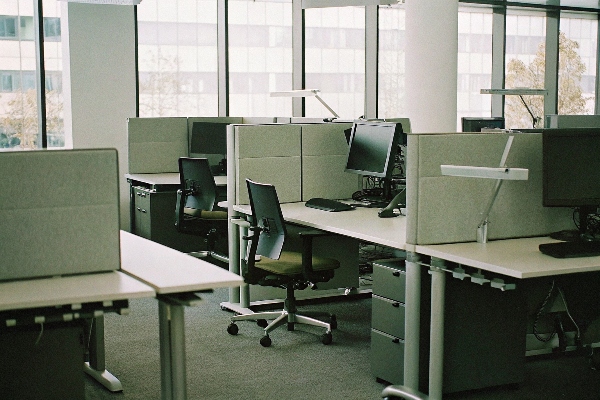
Getting the right office furniture is a strategic process. From sending your CAD files for design to final delivery, we can help. Michael Chen, a top Sourcing Director, values a clear process. Let's explore how to make yours effective.
What factors should you consider when buying office furniture?
Unsure what to look for in new office furniture? Making the wrong choice can be costly. We'll guide you through the key considerations for a smart investment.
Key factors include ergonomics, quality and durability (check for certifications like ISO), budget, aesthetics that match your brand, space efficiency, and the supplier's reliability, including their OEM/ODM capabilities and warranty. Don't forget after-sales support.

Choosing office furniture is a big decision. It affects your team's comfort and productivity. I always tell my clients, like Michael Chen from Office Solutions International, to think long-term and holistically. The initial step is to find a factory with complete qualifications and good case studies, one that can accept factory inspections – this builds trust from the start.
Then, the process flows into design. You'd send your CAD files to the factory's designers. Good communication here is key. After design approval, it moves to production. Once ready, the factory should manage logistics: booking containers, arranging sea freight, and assisting with customs clearance for final delivery.
Here’s what really matters in terms of product and supplier:
Key Considerations for Office Furniture Purchases
| Factor | Importance | Smart Furniture Pro Example |
|---|---|---|
| Ergonomics | Essential for employee health and productivity. Prevents strain and discomfort. | Our ProOffice line focuses on ergonomic designs, from adjustable desks to supportive seating, promoting "Smart Working, Better Living." |
| Quality & Durability | Look for sturdy materials, good construction, and certifications. It means longer life and better value. | We use German Housere 3D laser edge-banding and hold ISO9001. We offer a 5-year warranty, showing confidence in our quality. This is crucial for Michael's large orders. |
| Budget | Define a clear budget, but balance cost with quality. Cheap furniture can be more expensive in the long run. | We provide competitive wholesale pricing and low MOQ acceptance, offering value without compromising on our high standards. |
| Aesthetics & Brand | Furniture should reflect your company culture and brand image. It creates a cohesive look. | We offer custom design services based on your CAD files and OEM/ODM to match your specific aesthetic needs. |
| Supplier Reliability | Check for complete qualifications, export experience, case studies, and responsiveness. | Our 12-hour response time, numerous design patents, and positive client case studies (like with Michael Chen) demonstrate our reliability. We always welcome factory inspections. |
Michael often emphasizes the need for consistent quality standards and reliable production capacity from his suppliers like us. These factors, alongside a smooth purchasing process, are non-negotiable for his business.
How do I record purchase of office furniture?
Confused about the paperwork for new office furniture? Keeping records straight is vital for your finances. We can explain the basic steps simply.
**Record office furniture purchases by keeping all invoices, payment receipts, and delivery notes. Categorize these as assets (if they meet capitalization criteria1) or expenses in your accounting system. This helps with tracking and financial reporting
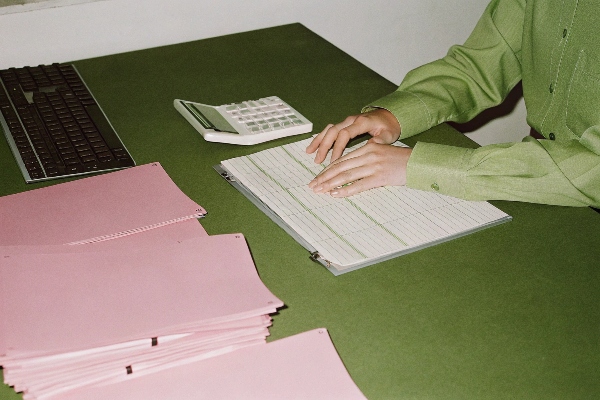
Proper record-keeping is crucial for any business purchase, and office furniture is no exception. It's not just about having the receipts; it's about how you classify and track these items for financial health and tax purposes. I've seen how this makes a difference for many businesses.
Think about Michael Chen's Office Solutions International. With over $50M in annual revenue, their accounting for purchases, including large furniture orders from us at Smart Furniture Pro, needs to be absolutely precise.
Here’s a general guide:
Steps to Record Office Furniture Purchases
-
Gather All Documentation:
- Invoice from Supplier: This is key. It should detail items, quantities, prices, and supplier information. Our invoices are comprehensive.
- Proof of Payment: Bank transfer confirmations, credit card slips.
- Delivery Note/Receipt: Confirmation that you received the goods in good condition.
- Warranty Documents: Important for future reference. We provide a 5-year warranty.
-
Determine Accounting Treatment:
- Asset vs. Expense: This depends on your company's capitalization policy and the cost/lifespan of the furniture. Generally, significant furniture purchases are capitalized as fixed assets. Consult your accountant for specifics.
- Categorization: Assign the purchase to the correct account (e.g., "Office Furniture," "Office Equipment").
-
Enter into Accounting System:
- Record the transaction promptly with all details.
- If it's an asset, set up a depreciation schedule.
-
File Documents:
- Keep organized digital or physical copies for audits or warranty claims.
Having complete product documentation from your supplier, which we always provide, makes this process smoother. It gives you all the necessary details for your records. Michael finds this very helpful.
What is the journal entry for furniture purchased for office use?
Dreading the accounting for furniture buys? Journal entries can seem complex at first. Let’s make it clearer with a simple example for your records.
Typically, if furniture is an asset, the journal entry for purchasing office furniture on credit is: Debit Office Furniture (Asset) account, Credit Accounts Payable. If paid in cash: Debit Office Furniture (Asset), Credit Cash.
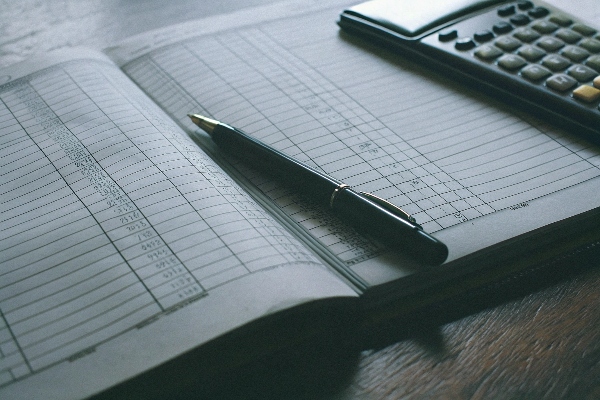
Okay, let's get into the accounting details for a moment. A journal entry is the very first step in recording any financial transaction in your books. For office furniture, how you record it depends on how you paid and whether your company treats it as an asset. I'm not an accountant myself, but working with businesses like Michael Chen's, I've seen how vital accurate entries are.
Here’s how it generally works:
Common Journal Entries for Office Furniture Purchase
Scenario 1: Furniture Purchased on Credit (treated as an Asset)
This is very common for business-to-business transactions. You receive the furniture and an invoice, and you plan to pay later.
- Debit: Office Furniture (This is a Fixed Asset account). This entry increases your company's assets.
- Credit: Accounts Payable (This is a Liability account). This entry increases what your company owes to others.
Example:
If you purchase $10,000 worth of office desks from us:
Office Furniture Dr. $10,000
Accounts Payable Cr. $10,000
(Memo: To record purchase of office desks on account from Smart Furniture Pro)
Scenario 2: Furniture Purchased with Cash (treated as an Asset)
- Debit: Office Furniture (Fixed Asset account) - Increases assets.
- Credit: Cash (Asset account) - Decreases assets, as cash has been paid out.
Example:
If you purchase a $500 office chair for cash:
Office Furniture Dr. $500
Cash Cr. $500
(Memo: To record purchase of office chair for cash)
Important Notes:
- Costs like significant shipping or installation services, which we can provide, are often added to the furniture's cost and capitalized too.
- Always check with your accountant. These are general examples.
Our clear invoices and complete product documentation make these entries easier for your accounting team. It’s part of our commitment to a one-stop solution.
When you purchase office furniture it gets recorded as an expense?
Is new office furniture always an expense on your books? This common question can be confusing for many. Let's clarify when it's an expense versus an asset.
Office furniture is often recorded as an asset and depreciated over its useful life, not immediately as an expense. However, very low-cost items or minor repairs might be expensed. This depends on your company's accounting policy.
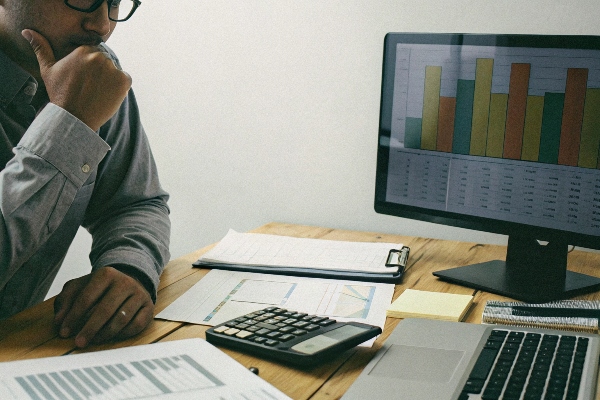
This is a really important distinction in accounting: asset or expense? It directly affects your balance sheet and your profit and loss statement. For office furniture, it's usually considered an asset because it provides value to your business for more than one year. I've seen businesses sometimes try to expense everything immediately, but that's not always the correct approach for items meant to last.
Think about the substantial investments Michael Chen makes in furniture for Office Solutions International. These are definitely assets for his company, contributing to "Smart Working, Better Living" for his clients for years to come.
Here’s a breakdown:
Office Furniture: Asset or Expense?
| Category | Criteria | Accounting Treatment | Example |
|---|---|---|---|
| Asset | - Significant cost (above a certain threshold set by your company). - Expected to be used for more than one year. - Provides future economic benefit to the business. |
Capitalized on the balance sheet (increases company assets). Depreciated over its useful life (e.g., 5-10 years). |
Desks, ergonomic chairs, large storage units, conference tables from our ProOffice, ProSchool, or ProApartment lines. |
| Expense | - Low cost (below your company's capitalization threshold). - Short useful life or consumed quickly. - Minor repairs or routine maintenance. |
Recorded directly on the income statement in the period it was incurred. This reduces profit for that period. | A very cheap waste bin, minor repair to a chair leg, replacement screws. |
Why does it matter?
- Accurate Financials: Capitalizing assets gives a truer picture of your company's worth.
- Tax Implications: Depreciation expense reduces taxable income over several years.
- Budgeting: Understanding asset value helps with future planning.
At Smart Furniture Pro, our furniture is built for durability, backed by a 5-year warranty and certifications like ISO9001. This longevity is a key reason it's typically treated as an asset by our clients like Michael, who values quality consistency.
Conclusion
Your office furniture purchasing process, from finding suppliers with complete qualifications to recording it correctly as an asset, is key to a smart, long-term investment for your workspace.
-
Learning about capitalization criteria helps ensure proper asset classification, improving your financial statements' integrity.
.** ↩
Get in Touch
Quick Message
You may also be interested in:
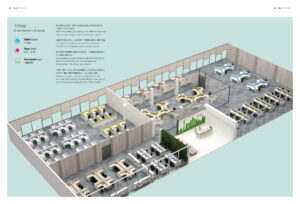

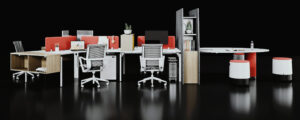
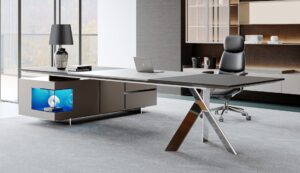
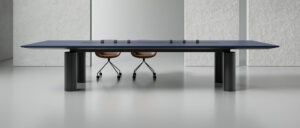
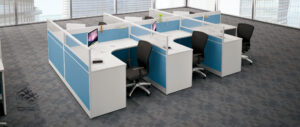
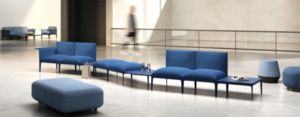
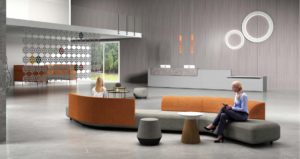
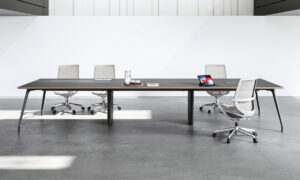
Conference Room Ideas for Smart Work: Collaboration, Technology & Employee Experience
Today's meetings demand effici

What Are My Options for Modern Office Furniture in Australia?
As someone who's supplied offi
Comments are closed.